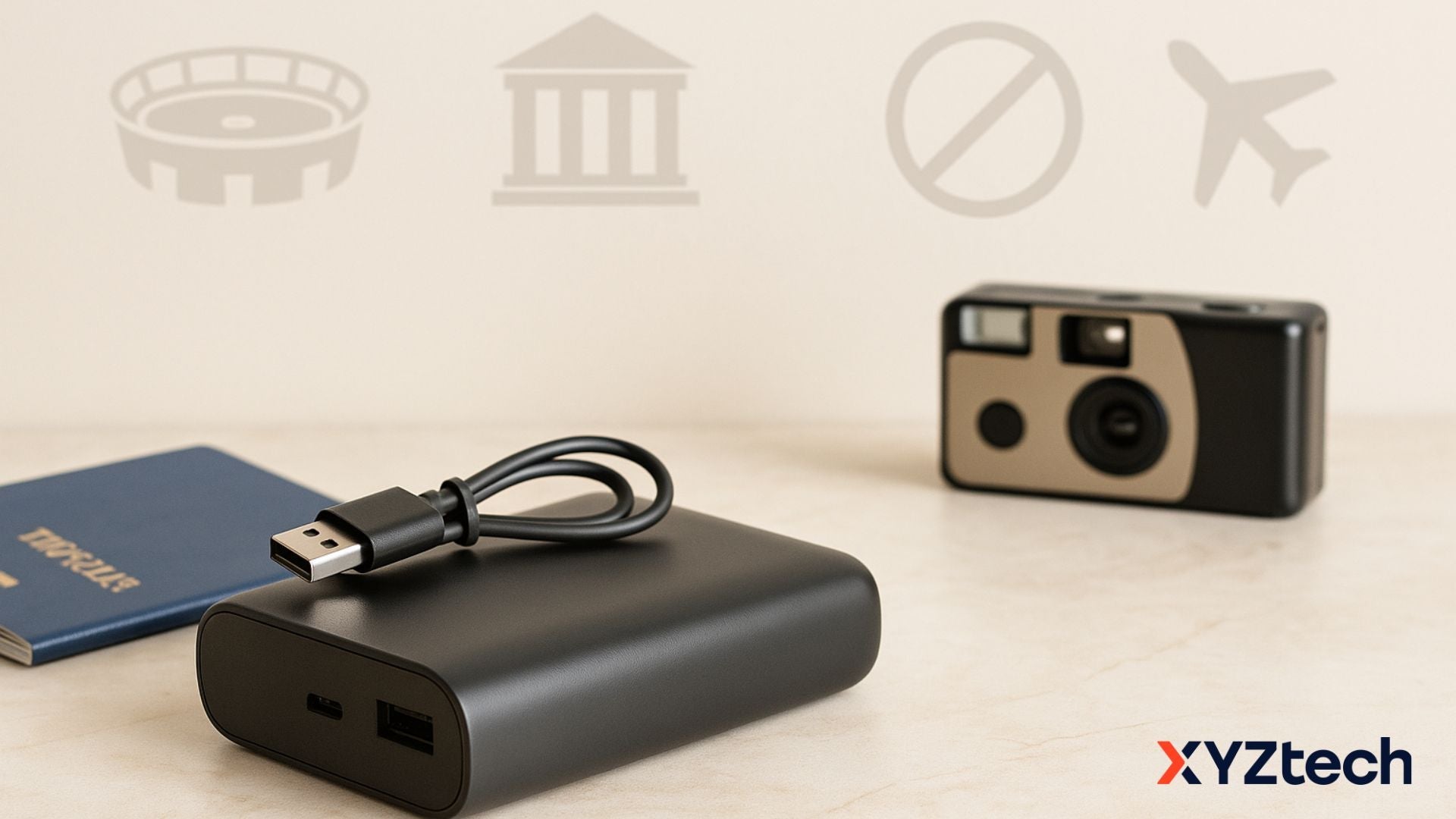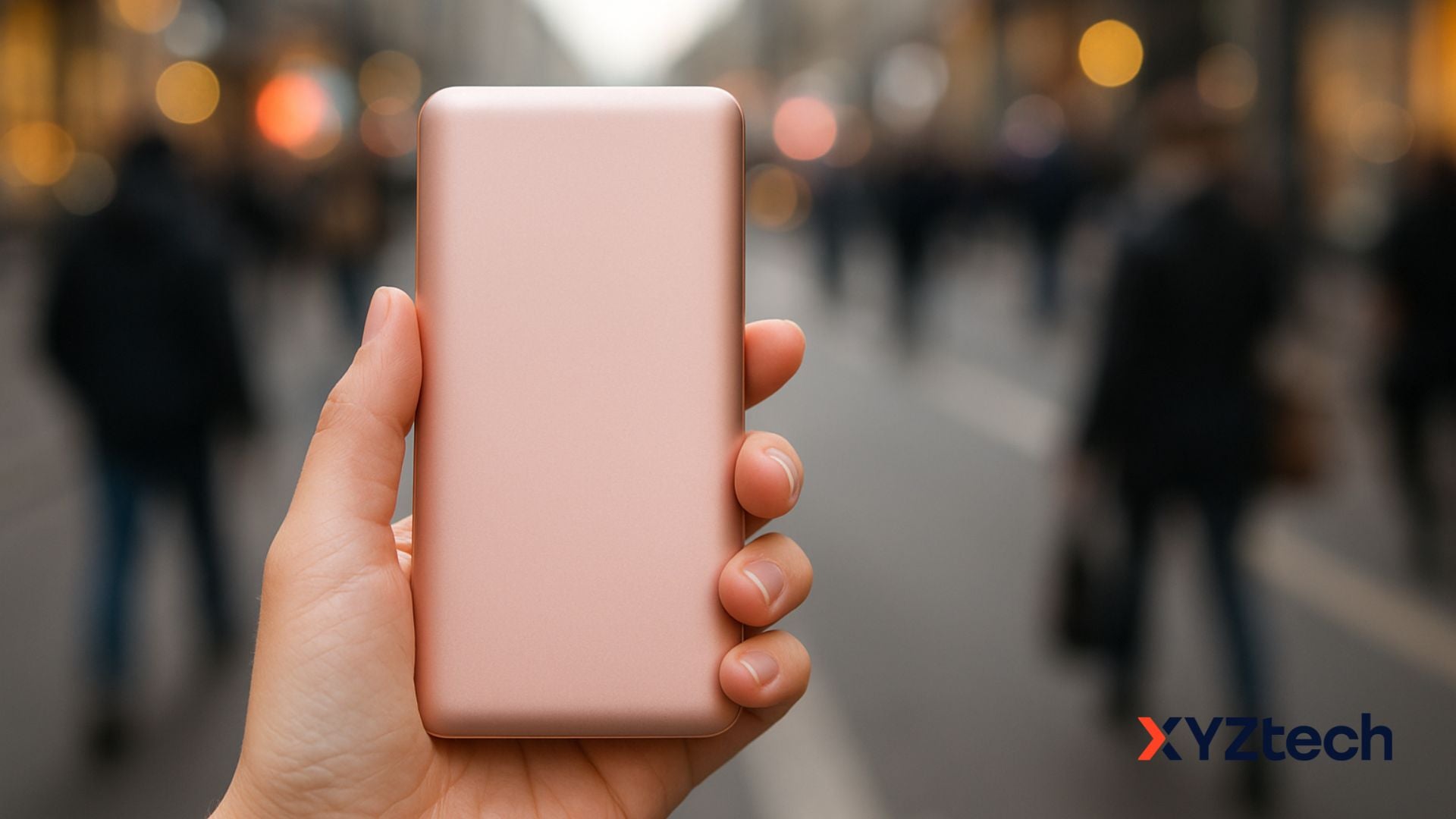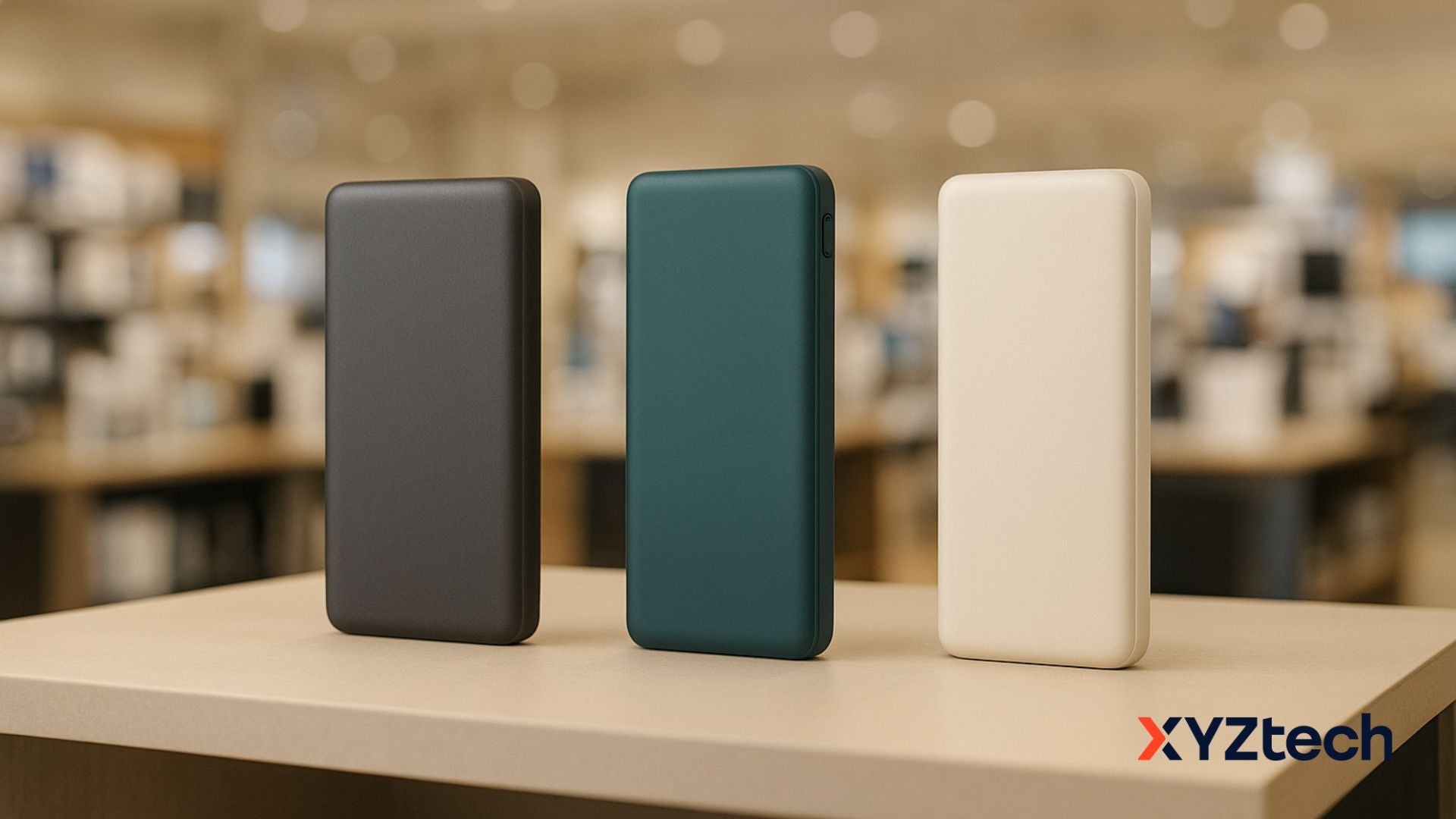Power Bank Ban: Surprising Places That Say No

Had a power bank taken away at an airport or concert? It’s annoying, sure—but there’s a reason behind it. The power bank ban is all about keeping people safe, especially in crowded or sensitive spaces. In this quick guide, let’s unpack where power bank restriction usually apply and how you can avoid getting stuck with a dead phone.
In this blog:
- Common Places with Power Bank Ban
- What to Do If You Can’t Bring a Power Bank
- Frequently Asked Questions
Let’s get started!
Common Places with Power Bank Ban
Power bank restrictions pop up in more places than most people realize. From airports to stadiums, museums to government offices, these rules vary by location and context. Below, we explore the main settings where you might encounter power bank restriction and what to do about them.
1. Air Travel
Air travel has some of the strictest rules when it comes to battery-powered gadgets. Airlines take lithium-ion batteries seriously due to fire risks.
What’s Usually Allowed
Most airlines let you bring power banks in your carry-on, not in checked bags. The sweet spot is under 100Wh. Between 100Wh and 160Wh? Some airlines might allow it, but only if you ask first. Anything bigger is usually a no-go.
Still, some travelers have had their power banks removed during boarding, even when within size limits. Make sure yours clearly shows the capacity.
Quick Tip: No label = higher chance of getting pulled aside. Don’t risk it. To know more, check our blog: Power Bank in Airplane Travel: What’s Allowed and What’s Not.
2. Stadium and Large Events
Going to a concert or a big game? Double-check the entry rules. Power bank restriction are more common than you’d think.
Why Some Ban Them
Big venues have serious security concerns. Large power banks can be mistaken for restricted items. Also, organizers want to avoid potential fire hazards.
Coldplay fans online shared stories of having to leave power banks outside the gate, even after being told they were allowed. Sometimes rules change last-minute.
Event Tip: Always check the latest FAQs. If it’s not clear, message the organizers before you go.
What You Can Do
If your power bank isn’t allowed, show up fully charged. Use battery saver mode, turn off background apps, and see if the venue has charging stations or rental lockers.
3. Museums and Historic Sites
Cultural institutions often have their own unique set of rules when it comes to carrying electronic devices.
Why Some Ban Them
Many museums and historical locations aim to preserve artifacts and avoid distractions or disturbances. Power banks, especially those with visible wires or bulky designs, may fall under their electronic limitations.
Some sites, particularly in regions with strict heritage protections, might confuse larger power banks with unauthorized media equipment.
Best Practices
If you're visiting a landmark or gallery, check ahead of time if portable chargers are allowed. Opt for small, keychain-sized chargers that look less suspicious. Better yet, plan your visits during parts of the day when your device has a fuller battery.
4. International Border Crossings and Customs
Crossing international borders can also trigger a power bank ban depending on the destination.
Countries with Tighter Rules
Certain countries, such as China and the UAE, enforce rigid battery regulations at customs. Unmarked, oversized, or damaged power banks may be confiscated outright.
According to multiple posts in travel-focused Facebook groups, even branded devices can be questioned if they aren’t labeled clearly or appear suspicious. Some travelers reported delays due to extended inspection of their electronics.
How to Avoid Trouble
Travel with name-brand power banks that show their watt-hour ratings. Avoid carrying more than one unless absolutely necessary. Store them in your hand luggage and declare them if required.
5. Government Offices and Test Centers
If you’re heading to an embassy, court, or exam hall, expect zero tolerance for gadgets.
Why the Ban?
At test centers, power banks are seen as potential cheating tools. Same goes for embassies or government buildings where security is tight. Sometimes lockers are available, but not always.
Planning Ahead
If you must visit one of these places, leave unnecessary tech behind or check in advance if locker storage is available. Keep your phone fully charged before arrival and turn on battery conservation features.
What to Do If You Can’t Bring a Power Bank
While a power bank ban can feel inconvenient, you have options to stay powered up and connected.
Smart Alternatives
- Use your device’s built-in battery saver or airplane mode.
- Download offline maps, playlists, or documents ahead of time.
- Bring a charging cable and a wall plug to use the available sockets.
- Explore solar-powered or disposable charging solutions if compatible.
Many transportation hubs, cafés, and public areas now offer charging kiosks. Look for them in airport terminals, train stations, or malls when you're on the move without your power bank.
Frequently Asked Questions
Is 20000 mAh power bank allowed in flight?
Yes, a 20,000 mAh power bank is usually allowed in carry-on baggage since it’s under the 100Wh threshold. To double-check, multiply volts by amp-hours (V x Ah = Wh). If your device is between 100Wh and 160Wh, you may still bring it, but some airlines require permission at the check-in counter. Devices over 160Wh are not allowed on board.
Is a power bank allowed in a stadium?
Most stadiums allow power banks, especially small or mid-sized ones (typically under 100Wh). However, some events set stricter limits or ban them altogether, especially bulky models or those with built-in cords. Rules vary by venue, so it’s best to check the latest guidelines or ask event organizers directly.
Do I need to declare a power bank?
Usually, no, but it depends on where you are and the size of the power bank. If it’s between 100Wh and 160Wh, there’s a good chance you’ll need to declare it or have it inspected. Even smaller ones can get flagged if they’re unmarked or look bulky. Whether you're flying, heading to a concert, or visiting a secure building, play it safe: keep your power bank in your carry-on, make sure the label is clear, and be ready to show it if someone asks. It’s one less thing to stress about at the gate or security line.
Final Thoughts: Beating the Power Bank Restriction
Power bank ban can sneak up on you, but a little prep goes a long way. Whether you’re at an airport, concert, or border crossing, understanding the power bank restriction rules means fewer surprises.
Stick with approved gear, check event or airline guidelines, and have a backup plan. Your phone—and your sanity—will thank you.
Got your own power bank horror story? Share it in the comments or pass this along to a friend who needs the heads-up.
Related Articles
Power Bank in Airplane Travel: What’s Allowed and What’s Not
Airline Battery Restrictions Updated: What Travelers Must Know




